A Prosperous Partnership To Promote Queenstown
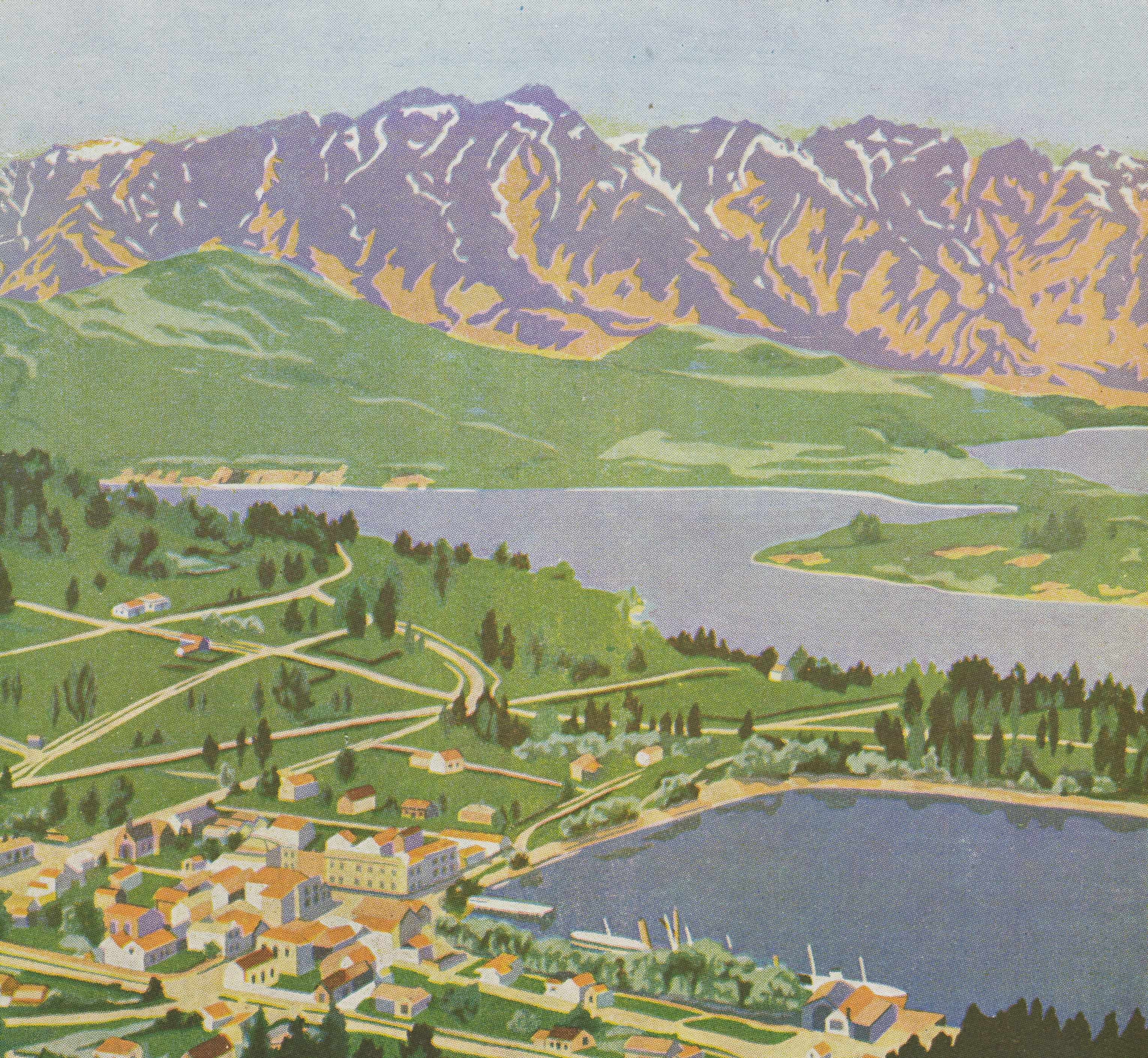
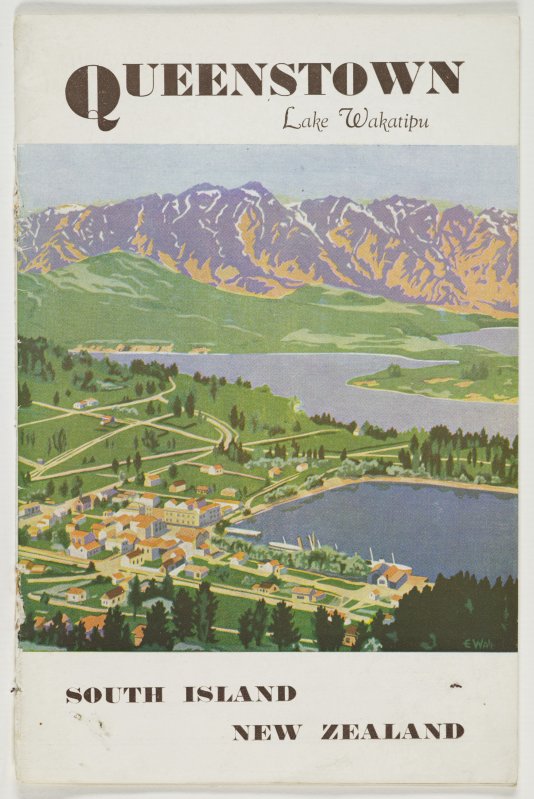
The Publicity Branch of the Railways Department successfully promoted some of New Zealand’s major tourist destinations in the 1930s by working with local organisations to share campaign costs. Colourful and striking images employed on posters, hoardings and leaflets worked with newspaper advertising to lure tourists to the advertised resorts by rail transport. One of the best-known examples, Get in the “Queue” for Queenstown, was created by the Railways Studios in 1934. The background to this image can be gleaned from newspaper reports and Queenstown Publicity Committee meeting minutes and correspondence held in the archives of the Hocken Collections, University of Otago.
In April 1934, Publicity Branch manager G.G. Stewart met with Queenstown mayor, W.H. Overton, and local tourist representatives to discuss a proposed publicity scheme for ‘the brightest gem in the Dominion’s crown’. After receiving a positive response, Stewart returned in May to address a public meeting, including local business representatives and tourism operators, where he outlined an advertising campaign for Queenstown incorporating the distribution of coloured posters, both nationwide and overseas, the erection of hoardings in main centres, and extensive newspaper advertising.
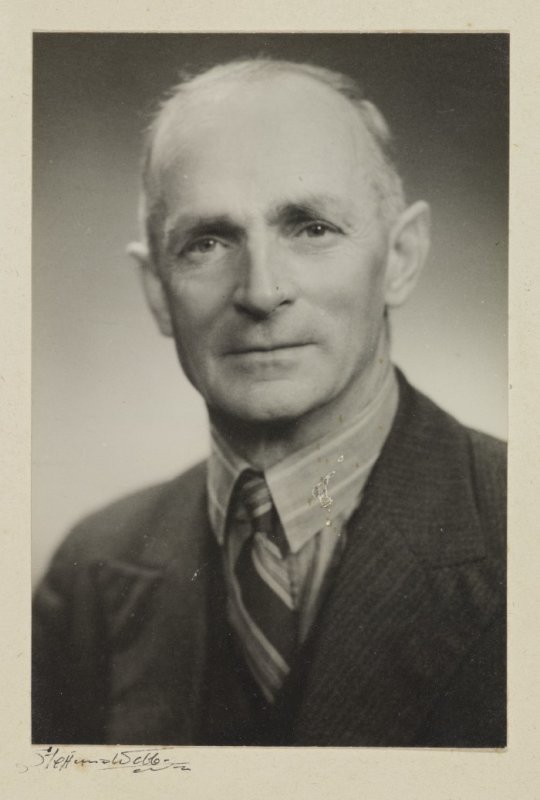
Approval was unanimous, despite the expectation that £150 of the £375 total campaign cost was to be raised by locals. The Queenstown Publicity Committee was immediately formed, with membership comprising Mrs Curtis, Mrs Davies, Mr Elms, Mr Tomkies, and Mr Berry, Mayor Overton acting as chairman, and R. Robertson as secretary. They set about canvassing local businesses and the Queenstown Borough Council to raise their share of campaign costs, and finding local literature to use for the planned newspaper publicity.
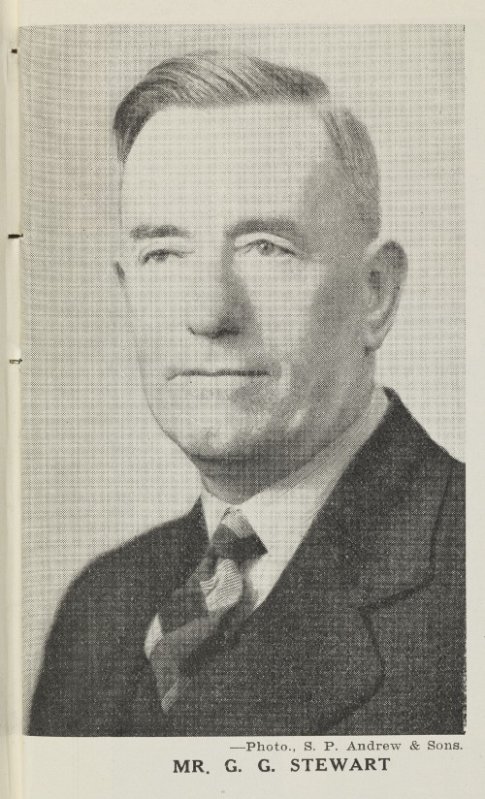
In a letter to the committee dated 2nd July 1934, Stewart wrote:
‘Under separate cover is forwarded the original painting which it is proposed to use for the new poster of Queenstown. Before proceeding with the printing we would like to have the approval of your Committee in regard to the design. The poster will be somewhat larger (40” by 30”) and carry the word “New Zealand” above and some detailed information below. The design, however, is one which we think should prove acceptable to the Queenstown people, and give a pleasing impression of the charm possessed by your notable resort. I should be glad if you could have the design very carefully handled, in order that its reproduction may not be prejudiced, and return it at the earliest possible date.’
Although the letter provides no description of the design, campaign statements identify the poster by its slogan as Get in the “queue” for Queenstown, where alliteration was used in a visual pun with the depiction of tourists climbing through the letter Q of ‘Queenstown’.
Publicity department staff made plentiful use of this literary device, and other examples of their work include Wonderful Westland, Take the Train to Timaru, and For healthful holidays: Hanmer Springs. It is the spectacular scenery in the background of this particular poster, however, that does all the talking. Sadly, the artist responsible cannot be identified, ‘Railway Studio’ being the only attribution, but working at the Studios at that time were Stanley Davis (supervising artist), Maurice Poulton (artist), John Holmwood (artist), Ted Lawn (assistant artist) and Allister McKenzie (assistant artist).
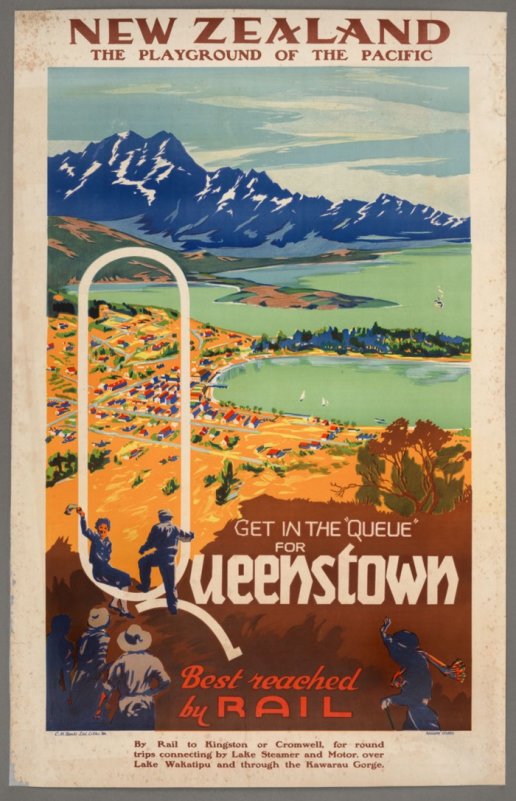
To reach Queenstown in the 1930s, passengers could travel by train only as far as Kingston (via Gore) and then had to catch the lake steamer. Alternatively, they could travel by train to Cromwell and continue by motor to Queenstown. In these times of instantaneous electronic communication, it is difficult to appreciate the logistics, and careful handling, needed to transport the precious original design safely on the 1900+ kilometres return journey between Wellington and Queenstown.
5000 posters featuring the approved design were printed for a cost of £83 14s 3d, and distributed utilising the rail network and the department’s mutually beneficial relationships with other organisations. The foremost of these being the Tourist Department, who contributed of £75 towards campaign costs and circulated 2500 posters within New Zealand and overseas.
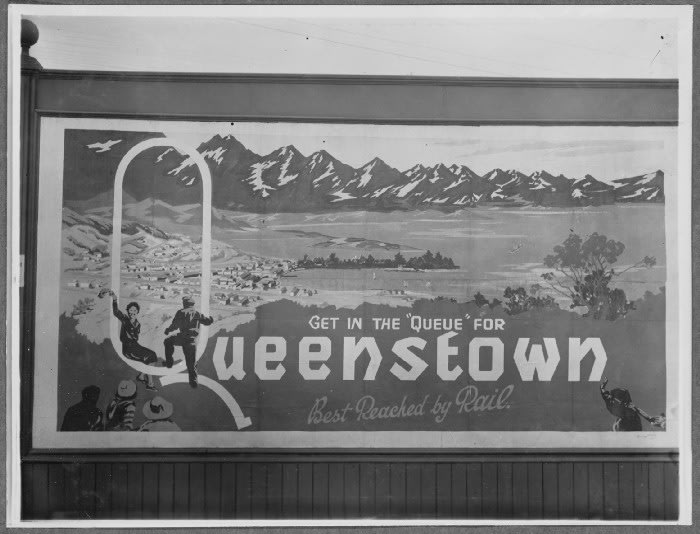
Another 1115 posters were distributed between twelve railway districts for posting at stations, but this was done strategically with more supplied to the main centres, where there was a stronger likelihood of attracting tourist traffic, than to the smaller, and less accessible, districts of Wanganui, Ohakune Junction, Dargaville, Gisborne, Picton, Nelson and Westport. The Mt Cook Tourist Company of New Zealand Ltd. contributed £25 towards costs and were allocated 280 posters for display at their seven nationwide offices. 1095 posters were kept aside for renewals and further displays.
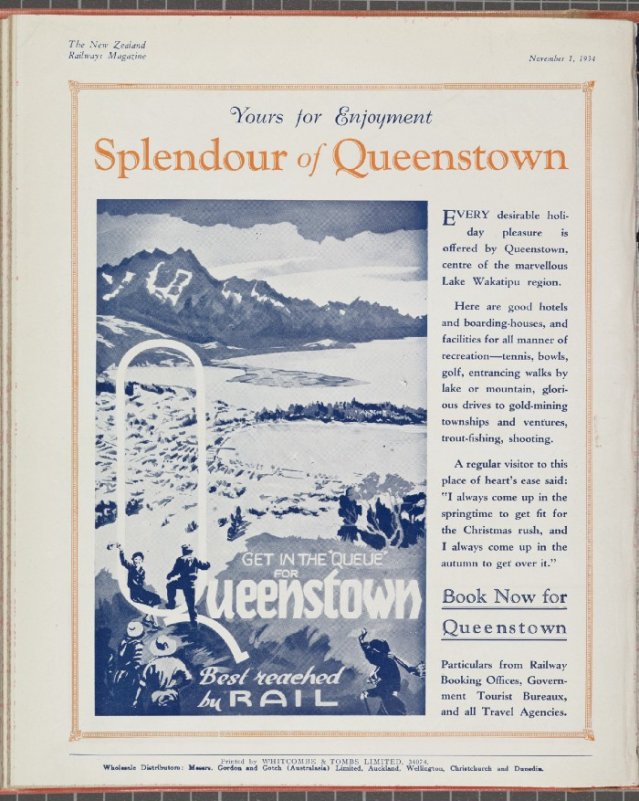
The clever design meant there was no need to alter advertising for different audiences; adding the phrase ‘New Zealand The Playground of the Pacific’ at the top of the Queenstown poster ensured that it could be used for both domestic and international distribution. The colourful and eye-catching design was also employed on fifteen hoardings located in the four main centres, and it was used in Railways Magazine advertising, but with less visual impact since it was only printed in one colour. Nonetheless the advertising worked, with Stewart commenting in a 1935 letter to the committee that ‘It is pleasing to hear reports that Queenstown has had an exceptionally good season.’
This tourism campaign was one of several mutually beneficial collaborations between the railways and local entities in the 1930s. The striking poster helped to fulfil railways publicity manager G.G. Stewart’s aim ‘to stimulate transport so that it might bring to Queenstown people from all parts of the world.’ The exponential growth in tourism experienced in that region since then having only been thwarted by the 2020 COVID-19 pandemic.
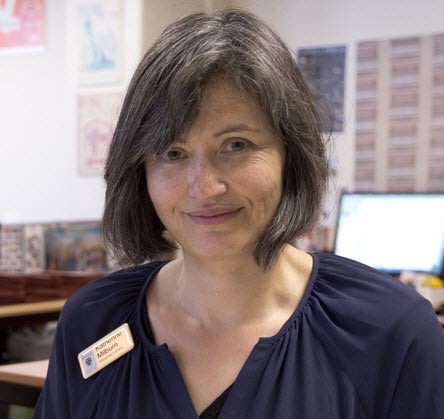
About the author
Katherine Milburn is the Liaison Librarian and Curator Ephemera Collection at the Hocken Library, Dunedin, and has extensive knowledge of the Railways Studios’ output.
References
‘Departure of Prominent Townsman. Mr W. Eyton Farewelled.’ Lake Wakatip Mail, 10 April 1934, p. 4
‘The Call of Queenstown. Proposed Publicity Scheme.’ Lake Wakatip Mail, 10 April 1934, p. 5
‘Publicity for Queenstown. Advertising campaign approved.’ Lake Wakatip Mail, 22 May 1934, p. 4
Queenstown Publicity Committee and Tennis Club Match Committee minute book (1933–1937), Queenstown Borough Council Records. MS-2211/175. Archives Collection, Hocken Collections, Uare Taoka o Hākena, University of Otago.
Queenstown Publicity Committee papers (1934–1936), Queenstown Borough Council Records. MS-2211/637. Archives Collection, Hocken Collections, Uare Taoka o Hākena, University of Otago.
‘List of Persons Employed in the Railways Department on the 1st of April, 1934.’ Supplement to the New Zealand Gazette of Thursday, November 29 1934, 30 November 1934.
New Zealand Government Railways Timetable and List of Guest Houses on and after 3rd December 1933. Wellington: New Zealand Railways Department, p. vii.
Peter Alsop, Neill Atkinson, Katherine Milburn and Richard Wolfe, Railways studios: how a government design studio helped build New Zealand. Wellington: Te Papa Press, 2020.